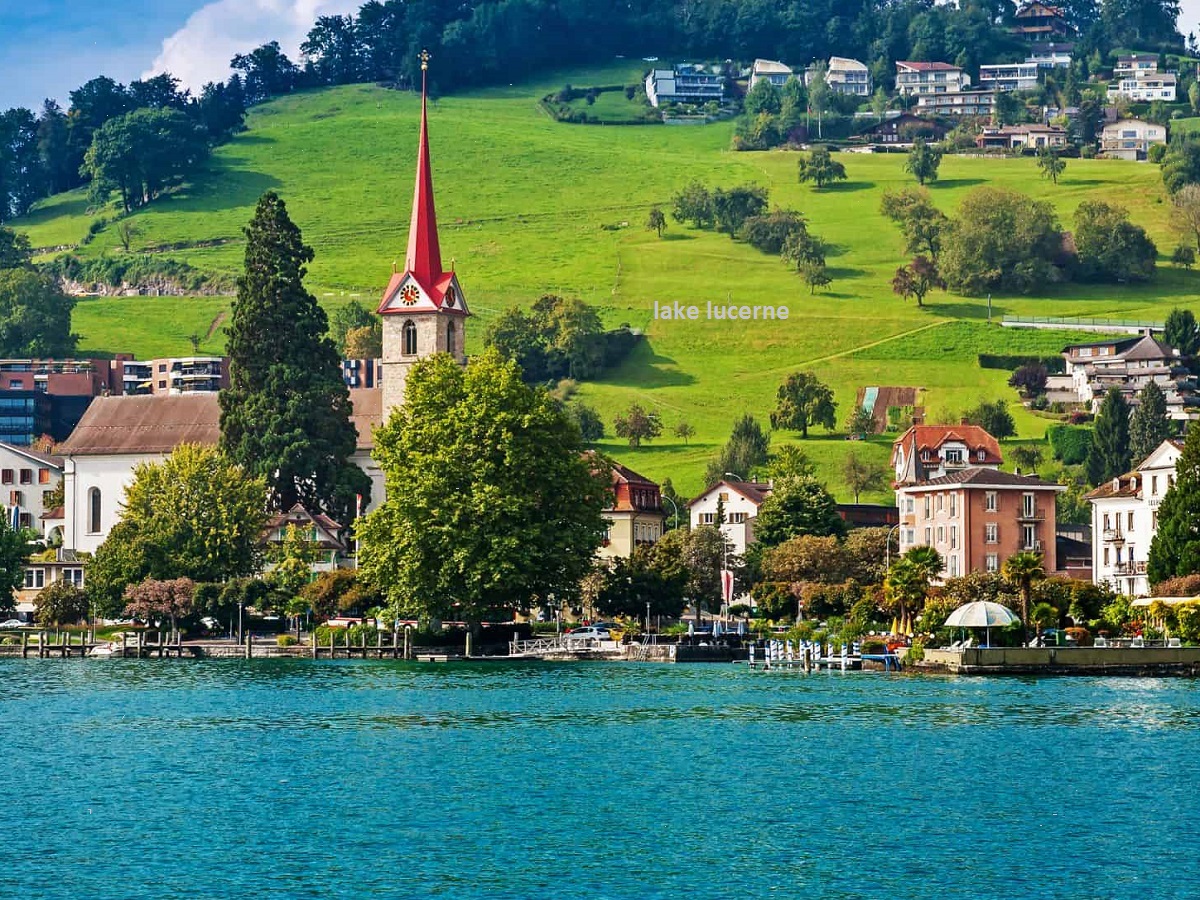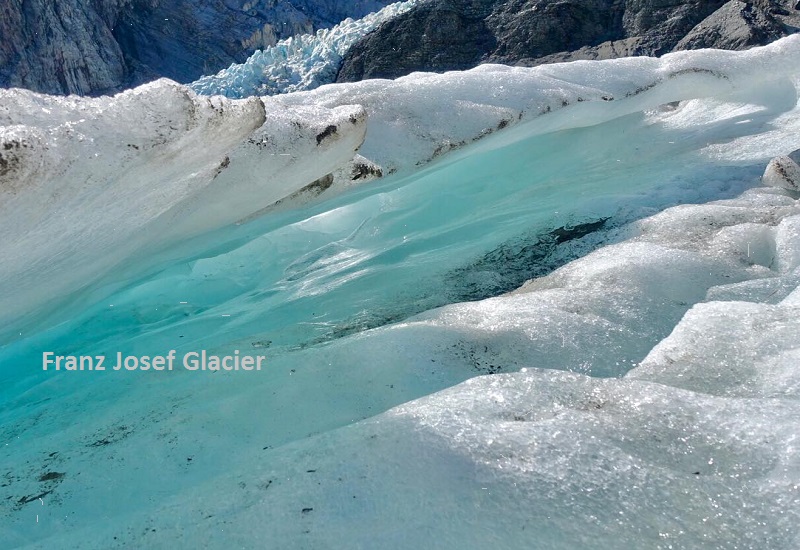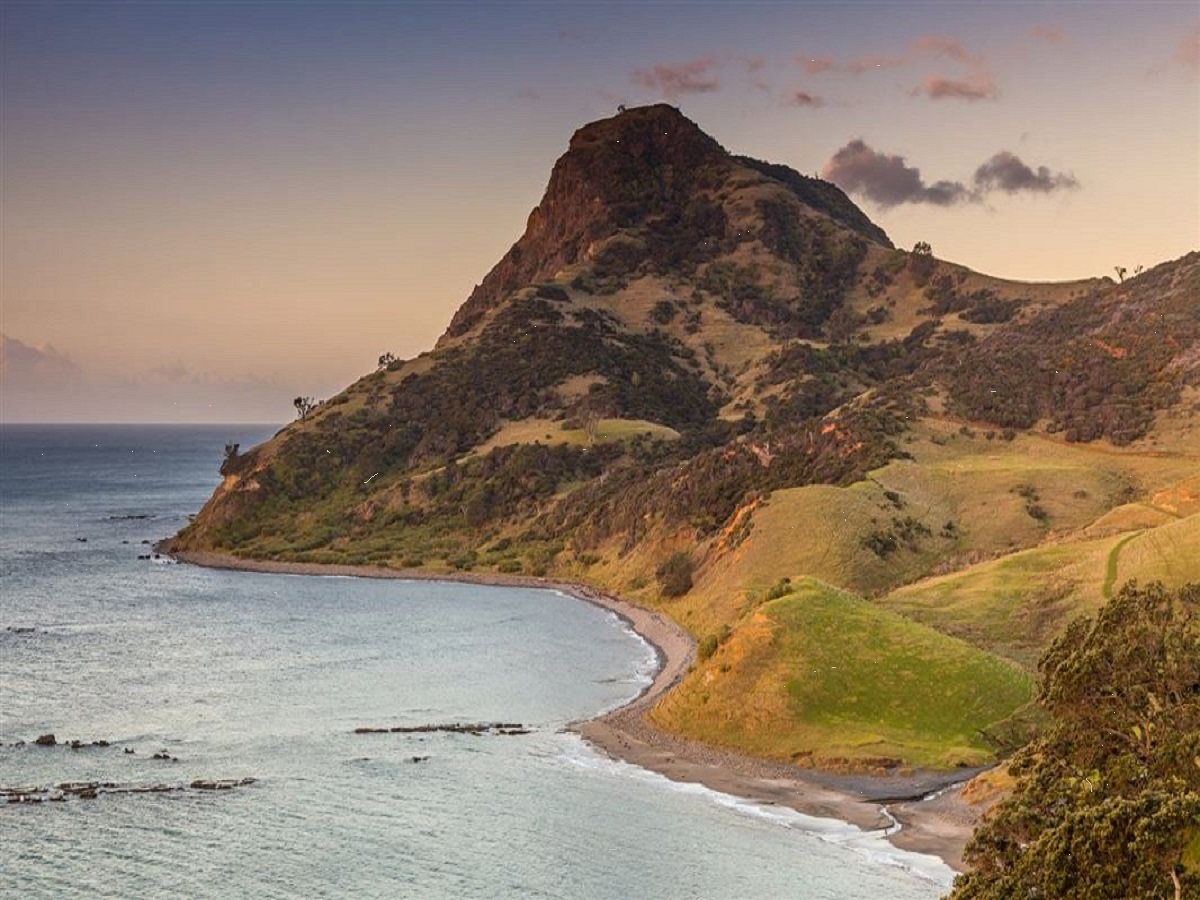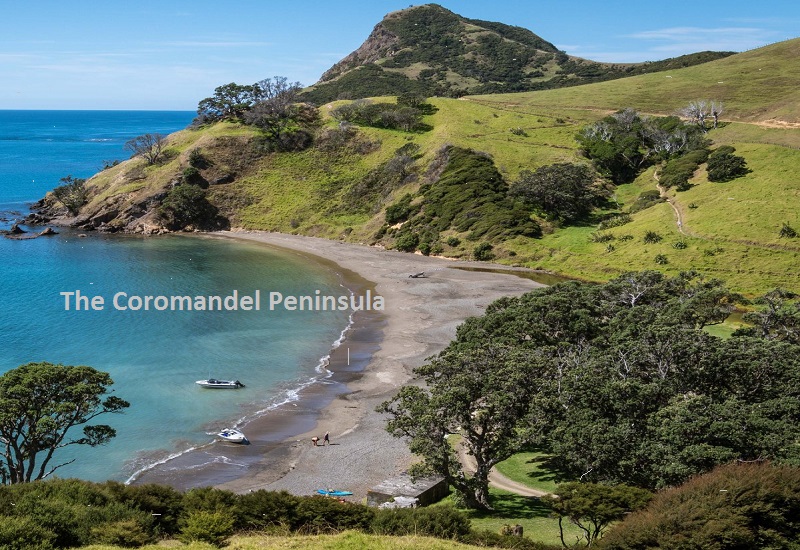Lake Lucerne, or Vierwaldstättersee as it is known in German, is one of Switzerland’s most iconic and breathtaking bodies of water. Nestled in the heart of the country, it captivates visitors with its stunning scenery, historical significance, and myriad recreational opportunities. This article explores the grandeur of Lake Lucerne, delving into its size, geographical features, history, and attractions that make it a must-visit destination.
Overview of Lake Lucerne
Lake Lucerne is situated in central Switzerland, surrounded by the cantons of Lucerne, Uri, Schwyz, and Nidwalden. Its unique shape, reminiscent of a star with several arms, results from glacial movements during the last Ice Age. The lake is fed by the Reuss River, which flows from its southern end and exits at the northern end in the city of Lucerne.
- Geographical Location:
- Lake Lucerne is located in the heart of Switzerland, making it easily accessible from major cities like Zurich, Bern, and Basel.
- The surrounding mountains, including the Rigi, Pilatus, and Stanserhorn, provide a dramatic backdrop to the lake’s serene waters.
- Size and Dimensions:
- Lake Lucerne covers an area of approximately 114 square kilometers (44 square miles).
- Its length is about 39 kilometers (24 miles), with a maximum width of around 3 kilometers (1.9 miles).
- The average depth of the lake is 104 meters (341 feet), with its deepest point reaching 214 meters (702 feet).
- Shoreline and Bays:
- The lake boasts a highly irregular shoreline, extending for about 143 kilometers (89 miles).
- Several picturesque bays, such as Alpnachersee, Küssnachtersee, and Urnersee, contribute to the lake’s star-like shape and provide sheltered spots for boating and swimming.
Historical Significance
Lake Lucerne has played a crucial role in Swiss history and culture. It has been a vital transportation route, a source of inspiration for artists, and a backdrop for significant historical events.
- Early History:
- The lake and its surrounding regions have been inhabited since prehistoric times, with evidence of early settlements and trade routes.
- During the Roman era, the lake served as an important link between northern and southern Europe.
- The Birthplace of Switzerland:
- Lake Lucerne is closely associated with the founding of the Swiss Confederation in 1291. The cantons of Uri, Schwyz, and Unterwalden, located around the lake, formed a historic alliance that laid the foundation for modern Switzerland.
- The Rütli Meadow, on the lake’s western shore, is considered the birthplace of Switzerland, where the legendary Rütli Oath was sworn.
- Cultural Impact:
- The lake has inspired countless artists, writers, and musicians, including the famous composer Richard Wagner, who composed some of his masterpieces while residing in the region.
- The Chapel Bridge (Kapellbrücke) in Lucerne, spanning the Reuss River, is one of Switzerland’s most iconic landmarks and a symbol of the city’s historical heritage.
Attractions and Activities
Lake Lucerne offers a wealth of attractions and activities for visitors, from scenic boat cruises and hiking trails to charming towns and cultural sites.
- Boat Cruises:
- Exploring Lake Lucerne by boat is a popular activity, offering panoramic views of the surrounding mountains and picturesque villages.
- Several cruise operators provide a range of options, from short sightseeing tours to full-day excursions that include stops at various points of interest.
- Historic Lucerne:
- The city of Lucerne, located at the northern end of the lake, is a vibrant hub of history and culture. Visitors can explore the Old Town, with its medieval architecture, narrow streets, and lively squares.
- Key attractions in Lucerne include the Chapel Bridge, the Water Tower, and the Lion Monument, a poignant tribute to Swiss Guards who died during the French Revolution.
- Scenic Mountain Excursions:
- The surrounding mountains offer numerous opportunities for outdoor activities and stunning viewpoints. Mount Pilatus, accessible by the world’s steepest cogwheel railway, provides breathtaking views of the lake and the Swiss Alps.
- The Rigi, known as the “Queen of the Mountains,” is another popular destination, with its extensive network of hiking trails and panoramic vistas.
- Charming Villages:
- The lakeshore is dotted with charming villages and towns, each with its unique character and attractions. Weggis, known for its mild climate and beautiful gardens, is a popular resort town.
- Brunnen, located at the eastern end of the lake, offers a picturesque setting and is a gateway to the Schwyz region, rich in history and culture.
- Water Sports and Outdoor Activities:
- The lake’s clear waters are ideal for a variety of water sports, including swimming, sailing, windsurfing, and kayaking.
- The surrounding areas provide ample opportunities for hiking, cycling, and paragliding, catering to both adventure seekers and those looking for a relaxing outdoor experience.
Environmental Significance
Lake Lucerne is not only a scenic wonder but also an important ecological region. Its diverse habitats support a wide range of flora and fauna, making it a valuable natural resource.
- Biodiversity:
- The lake and its surrounding areas are home to numerous species of fish, birds, and plants, many of which are unique to the region.
- Efforts to preserve the lake’s natural beauty and ecological balance are ongoing, with various conservation projects and protected areas in place.
- Water Quality:
- Maintaining the water quality of Lake Lucerne is a priority for local authorities and environmental organizations. The lake is known for its clean, clear waters, which are regularly monitored and managed.
- Sustainable tourism practices are encouraged to minimize the impact on the lake’s ecosystem and ensure its preservation for future generations.
Practical Information for Visitors
For those planning a visit to Lake Lucerne, here are some practical tips and information to ensure a memorable and enjoyable experience.
- Getting There:
- Lake Lucerne is easily accessible by car, train, and bus from major Swiss cities. The city of Lucerne serves as a convenient starting point for exploring the lake and its surroundings.
- Zurich Airport, the nearest international gateway, is about an hour’s drive or train ride from Lucerne.
- Accommodation:
- The region offers a wide range of accommodation options, from luxury hotels and charming bed-and-breakfasts to budget-friendly hostels and campsites.
- Staying in Lucerne provides easy access to the lake and nearby attractions, while the surrounding villages offer a more tranquil and scenic setting.
- Best Time to Visit:
- Lake Lucerne is a year-round destination, with each season offering its unique charm. Summer is ideal for water sports and outdoor activities, while winter provides opportunities for skiing and snowboarding in the nearby mountains.
- Spring and autumn are perfect for hiking and enjoying the vibrant colors of the changing seasons.
- Local Cuisine:
- Visitors can savor the flavors of Swiss cuisine at the many restaurants and cafes around the lake. Traditional dishes such as fondue, raclette, and rösti are popular choices.
- Fresh fish from the lake, including perch and whitefish, is a local delicacy often featured on menus.
Conclusion
Lake Lucerne, with its majestic scenery, rich history, and diverse attractions, is a jewel in Switzerland’s crown. Its impressive size, unique shape, and stunning surroundings make it a destination that captivates and inspires. Whether you’re seeking adventure, relaxation, or cultural enrichment, Lake Lucerne offers an unforgettable experience that will leave you longing to return. Explore this magnificent lake and discover why it remains one of Switzerland’s most cherished natural treasures.





Leave a Reply